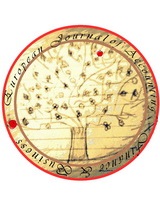Motto: Show the world how you think!
|
|

ISSN: 2344 - 102X
ISSN-L: 2344 - 102X
Authors' Guidelines
Manuscripts submitted for consideration to European Journal of Accounting, Finance & Business must conform to some requirements that will facilitate preparation of the article for publication.
IMPORTANT: All papers will be sent along with the EJAFB Registration Form, hand signed and scanned, in .pdf or .jpeg format. All submissions should be made online. Click here to submit a manuscript. All correspondence, including notification of the Editors decision and requests for revision, takes place electronically. |
||